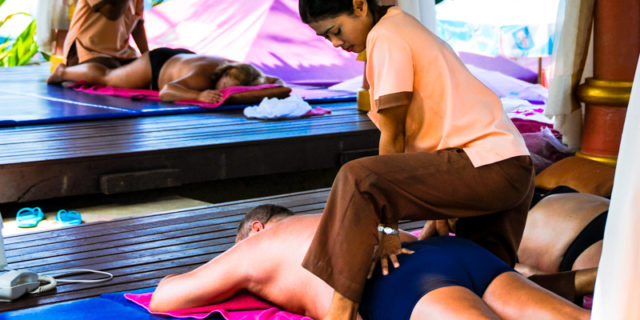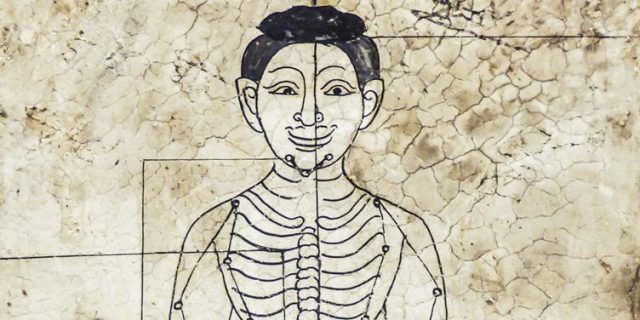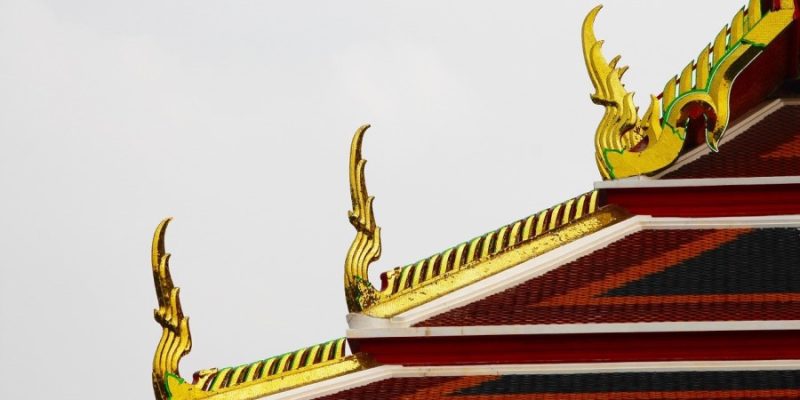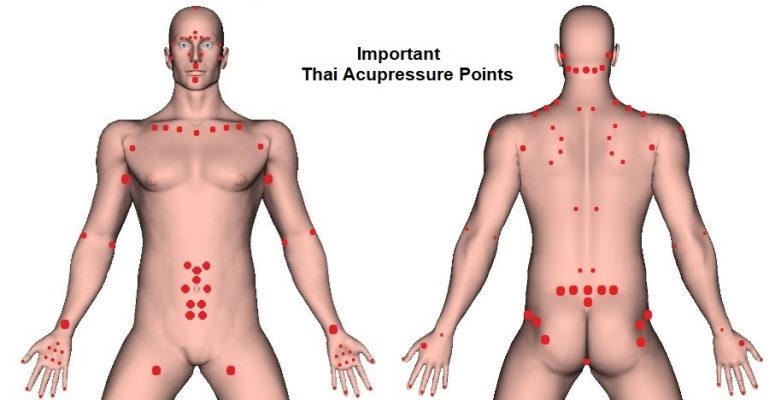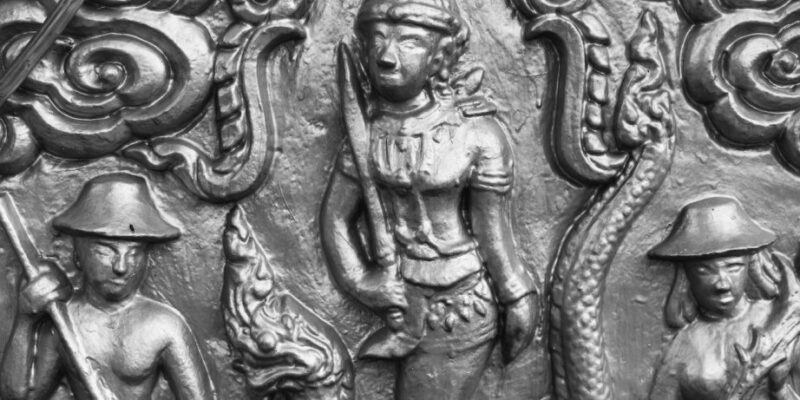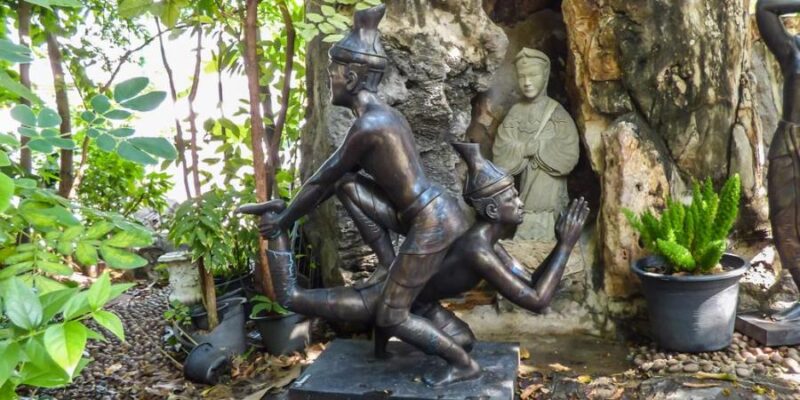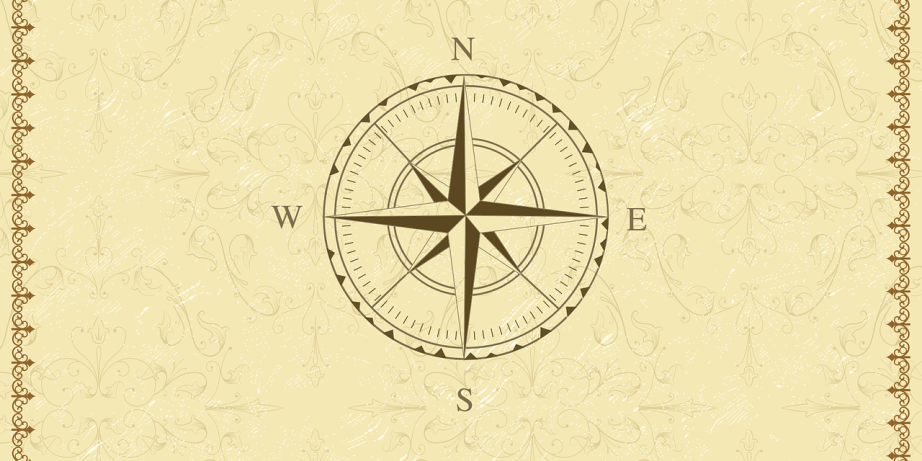
A common categorization of Thai Massage styles in Thailand is that of Northern Style Thai Massage and Southern Style Thai Massage. Another well-known classification is that of Royal Style (Nuad Rajasamnak) versus Folk Style (Nuad Chaloeisak) of which we have written in other posts already.

I mention the latter two types of Thai Massage styles, because Northern Thai Style Massage is often associated with Folk Style Thai Massage and Southern Thai Style Massage with the so-called Royal Style Thai Massage.
But let me start by saying that the differences between Northern and Southern Thai Style Massage in Thailand may be less visible or even non-existent for a layman, and in many ways there are no differences indeed. Or let me put it otherwise — both styles have much more common characteristics than differences.
Having said that, let’s take a look at the “perceived” differences. Now, “Northern” refers to the Chiang Mai, Chiang Rai and partly also the Isan provinces, and “Southern” designates the central region of Thailand, that is, all around Bangkok. Further down the country it would be mainly Southern Style Thai Massage, but the deep south of Thailand, being predominantly a Muslim region, adds its own influences, including those from Malaysia and Indonesia.
Northern Thai Massage, through the ancient Lanna Kingdom, has a stronger Asian Indian influence, with more emphasis on Yogic, Ayurvedic, and herbal elements compared to Southern Thai Massage. Nevertheless, strong Indian influences go through the whole of Southeast Asia up to Indonesia.

There are also some ideas circulating that Southern Thai Style, in contrast to Northern Thai Style, has “borrowed” more from Traditional Chinese Medicine (notably elements of acupuncture, acupressure points, and Meridian Qi Energy Lines), which, for instance, would be reflected in Thai Foot Massage and Reflexology. Nevertheless, although true, this is a rather recent development that came about in only the past few decades.
You will also find differences in the way the Thai Sen Energy Lines are described, that is, as for their names and pathways through the body. But, in the North itself there are also different Sen Line versions used, like in the south of Thailand, so that wouldn’t really be a “qualifier.”
At any rate, today in Thailand, you’ll find Northern Style Massage practiced and taught in the south of Thailand and vice versa. And, it’s not uncommon that therapists, schools, and trainers practice both Northern and Southern Style Thai Massage at the same time, or some kind of blend.
As for the techniques used, it’s generally thought that Northern Thai Massage incorporates more stretches and “range of motion” exercises, also being performed slower and less “formal” than the Southern Style, which by contrast incorporates more acupressure Sen Energy Line work, a faster pace, and the use of a variety of fixed treatment protocols for specific ailments and discomforts.

The style that perhaps comes most close to being “authentic” Northern Thai style Massage would the Lanna Thai Massage style, although even there things have become somewhat “fuzzy” nowadays.
It’s also good to remember that what is now referred to and used as Northern Style in Thai Massage schools in Thailand, was put together by Mr. Sinthorn Chaichakan in the 1960s, the famous Thai Massage teacher and therapist who founded the Old Medicine Hospital in Chiang Mai. The official curriculum of the school is a blend of Southern Style Thai Massage, Northern Hill Tribe, and Lanna Kingdom Folk Healing methods and techniques.
Well, I hope I have been able to shed some light on the Northern and Southern paradigm of Thai Massage and not, in contrast, have added to the general confusion.






